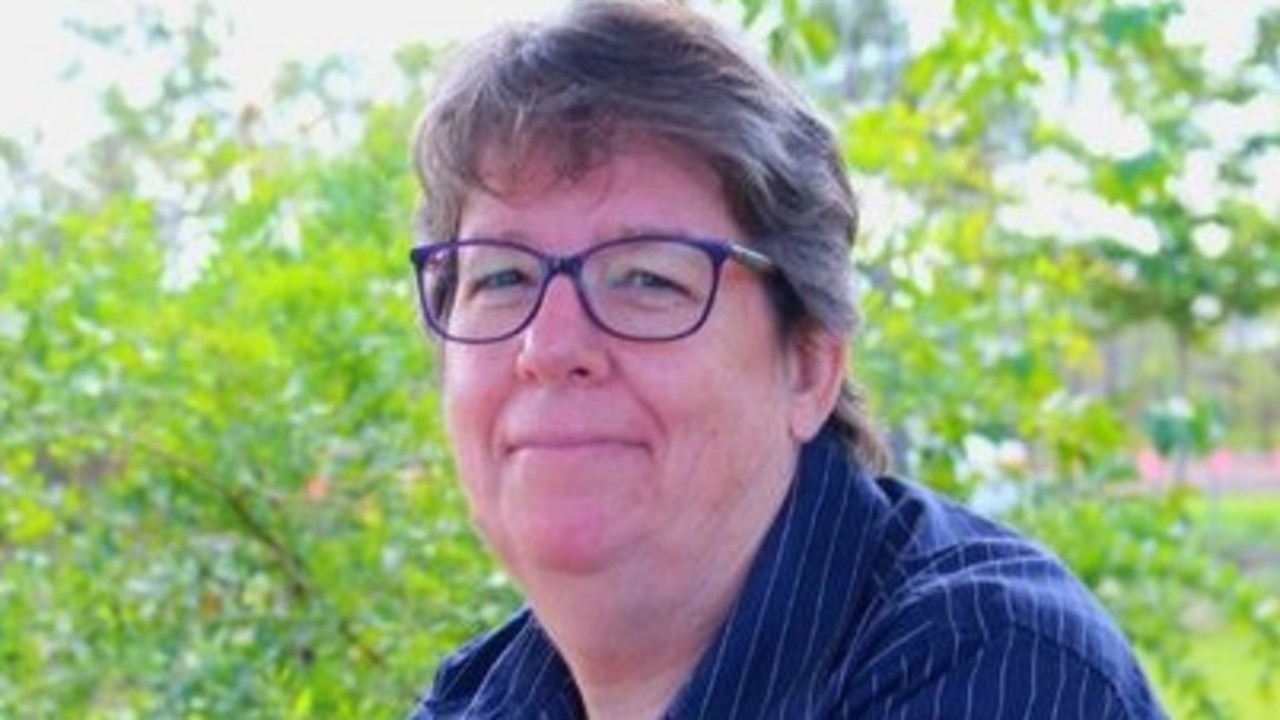Experts warn changes needed to reduce Territorians’ risk of stroke
Carlie Preece is one of thousands of Territorians who have survived a stroke. We explore why Top End residents are at higher risk of the health issue than other Australians.
Territorians are among the most at risk of stroke in Australia.
And it comes down to a number of lifestyle factors.
A report by Deloitte has revealed the Northern Territory ranks number one in the country for the highest rate of physical inactivity and daily smokers.
The data shows 19 per cent of the population report being physically inactive each week and smoke on a daily basis.
63 per cent of Territorians are also classified as obese or overweight, ranking third in the nation.
The Stroke Foundation said this is a perfect recipe for disaster when it comes to an increased risk of having, and dying from, strokes.
HOW TERRITORIANS CAN REDUCE THEIR STROKE RISK
According to the Stroke Foundation’s No Postcode Untouched Data, the number of strokes experienced in the Northern Territory was 172.
By 2050 that number is expected to be 301.
Lifestyle factors such as unhealthy eating, smoking and a lack of exercise increases the burden of disease for stroke.

Stroke Foundation chief executive Sharon McGowan said Territorians need to act to change the statistics putting them at higher risk of stroke.
“These figures are alarming and show that Northern Territory residents are at great risk of stroke,” she said.
“We know that smoking, obesity and inactivity can lead to high cholesterol, high blood pressure and diabetes which are all risk factors of stroke so changes need to be made to reduce the risk.”
Reducing the risk can be as easy as incorporating some healthier behaviours.
“80 per cent of strokes are preventable so the good news is residents can make lifestyle changes today to greatly reduce their risk of stroke.”
“These changes include increasing physical activity, eating a healthy and well-balanced diet and taking steps to quit smoking,” Ms McGowan said.
LIVING LIFE AFTER A STROKE SURVIVAL
The Northern Territory has more than 2500 people living with stroke.
Carlie Preece is one of them.
The former nurse recalled the moment in 2011 when she realised something wasn’t quite right.
“I was getting ready for work and my right arm wasn’t doing what I told it to do and I went into my bedroom and my husband noticed that I had the face drop,” she said.

She also remembers the experience as being “really scary”.
“It was confusing because I had aphasia so I wasn’t able to talk and ED was confusing because they asked so many questions and I was not able to answer them — my husband was in a state of shock really,” she said.
Ms Preece had to learn to use her right hand, read and speak again.
After months of rehabilitation, Ms Preece eventually returned to work as the Discharge Coordinator at Palmerston Regional Hospital.
She is now working at Royal Darwin Hospital in renal.
Ms Preece said her life has been significantly altered after having the stroke.
“I was doing a post graduate degree and I had to stop that and I can’t study anymore,” she said.
“The fatigue makes me tired all the time and I can’t think straight when I’m tired.”
Her advice is to keep on top of your health with regular check ups and exercise.
“Go to your doctor and have a check-up for your blood pressure and heart rate,” she said.
“Tell someone if you’re feeling not okay.”
She said a positive that has come out since her stroke has been a lot more people around her familiar with the symptoms of strokes.
RECOGNISING THE SIGNS OF STROKE
With more than 170 people experiencing a stroke for the first time in 2020, the need for understanding the symptoms of a stroke is great.
A 2021 survey revealed 53 per cent of Territorians were not able to name any of the three most common signs.
The Stroke Foundation teaches people to remember the acronym F.A.S.T when it comes to identifying symptoms of stroke.
• Face: Check their face. Has their mouth drooped?
• Arms: Can they lift both arms?
• Speech: Is their speech slurred? Do they understand you?
• Time is critical. If you see any of these signs call triple zero (000) straight away.
The survey also found 80 per cent of respondents incorrectly identified some symptoms of a stroke, often mistaking them for heart attack symptoms.
However, 85 per cent knew to call 000 when they saw stroke symptoms, up from the national average of 79 per cent.





